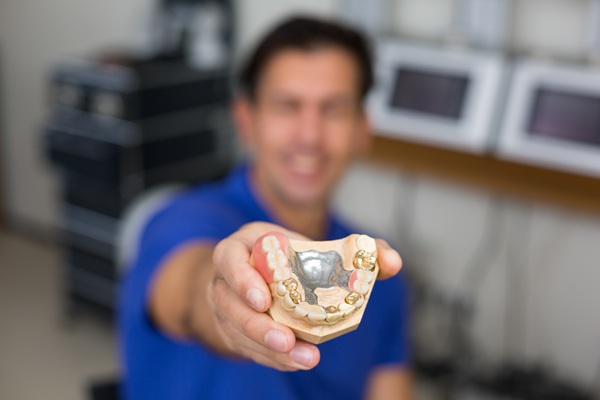What to Expect When Getting Dental Fillings

For some people, the thought of dental fillings brings back unpleasant childhood memories. Fortunately, a lot of things have changed in the field of dentistry. Along with improved materials, dentists use better techniques that make this procedure virtually painless. If you have a cavity, never wait to have it filled.
Types of dental fillings
Although dentists still use silver and gold dental fillings, an increasing number of patients prefer those that match their teeth. Known as composite fillings, these look completely natural. There are also ceramic fillings typically made of porcelain. Glass ionomer fillings are another possibility. As a blend of glass and acrylic, these fillings release fluoride. For that reason, they are often recommended for children and teens.
The process
On the day of the appointment, a patient will likely spend about an hour at the dentist’s office. Before working on a cavity, the dental professional will take X-rays and perform an oral examination. The dentist then discusses the findings with the patient. The two can talk about the various types of dental fillings to select the right one.
Next, a dental assistant places a “bib” around the patient’s neck. That helps to keep water and tooth debris from getting on the clothes. Once the patient becomes comfortable, the dentist injects numbing medicine around the tooth and in the gum. Most people experience only slight discomfort. For someone feeling nervous, the dentist can apply a topical cream first. When partially numb, the dentist would then inject the more powerful medicine.
In roughly 15 to 20 minutes, the dentist begins the dental filling procedure. For this, the dentist drills a small hole in the involved tooth. This allows the removal of all of the decay. With that complete, the filling goes into the open space where the cavity once resided. The time the dentist starts drilling to adding the filling is only about 30 minutes.
Follow-up care
For several hours, the patient’s mouth remains numb. Depending on the amount of medication, it could stay that way longer. Regardless, the patient should avoid eating solid food during that time. Although the dental fillings are secure, there is a risk of biting down on the inside of the cheek. If that happens, the patient could sustain a serious injury. Therefore, the dentist will recommend a liquid diet short term.
As far as caring for new dental fillings, there is nothing special the patient needs to do. That individual would brush and floss after each meal as usual. For any swelling, an ice pack works well. Regarding pain, some people take over-the-counter medication. Of course, a patient needs to advise the dentist of anything out of the ordinary.
Quick and easy process
The process of getting dental fillings is easy and pain-free. The minute you think you have a cavity, contact a dentist. Waiting could put that tooth and others at risk. You will be in and out of the dentist’s chair quickly. This simple process is a great way to protect the health of your teeth.
Request an appointment here: https://www.carmelsmilesdentist.com or call Smiles in the Village Dentistry at (317) 218-7985 for an appointment in our Carmel office.
Check out what others are saying about our services on Yelp: Read our Yelp reviews.
Related Posts
Those missing one or more teeth with healthy natural teeth can benefit from partial dentures. Not only do partial dentures help people chew food correctly, but they also restore the appearance of a smile. Choosing partial dentures allows a patient to regain comfort and confidence without complicated procedures.Partial dentures are removable oral appliances that fill…
A cosmetic dentist is the best type of professional to utilize when preparing to undergo a smile makeover, a process in which various dental procedures are performed to transform and improve one's smile. Multiple procedures can be part of the smile makeover process, but many patients may not know what those might be. Since dentistry…
A beautiful smile can be a powerful asset. It can affect first impressions, social interactions, and even your self-esteem. A cosmetic dentist improves the look of teeth and provides solutions to turn ordinary smiles into extraordinary ones. The treatment options typically depend on your preferences and needs.Patients looking to transform their smiles can book an…
A leading reason people turn to a cosmetic dentist is to get a whiter smile. Teeth whitening happens to be one of the most popular cosmetic dental procedures. However, it is not the only way a cosmetic dentist can help you get a whiter smile. Here is a closer look at your smile-brightening options.Cosmetic dentists…


